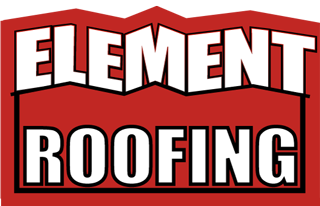
29 Sep 5 Ways Trees Can Damage Your Roof
5 Ways Trees Can Damage Your Roof
Nearly every homeowner has a tree (or many trees) in their yard. Often times, a good solid tree in the front yard is desirable – it adds shade, increases the look and feel of the home, and offers kids something to play around. But trees, if not properly taken care of, can also spell disaster for your roof. Here are five ways trees can damage your roof, if you’re not careful.
1. Fallen Branches
One obvious potential source of tree damage is fallen branches. You might have had a big storm and a few branches fell onto the rooftop, scratching up shingles or worse – leaving a hole in your roof. As trees age, the limbs become weaker, especially if there is disease or rot in some of the limbs. Make sure to have your tree trimmed annually, and have a certified arborist inspect the tree to tell you if it is at risk.
2. Moss Growth
Trees provide shade, which is lovely when you want to relax out front on a hot summer day. But shade also means added moisture, and a roof that doesn’t see much sunlight in the rainy months is also at risk of moss growth. Make sure to monitor your shingles for signs of moss, mold, or mildew growth and remove it immediately if spotted.
3. Leaves and Needles
Trees also drop leaves, needles, pinecones, seeds, and other debris onto your roof. These things are fine if they only stay on your roof for a little while, but if they linger, you put your roof at risk of rot or other damages caused by piles of decaying leaves. Make sure to regularly clean off your roof and don’t let fallen leaves accumulate..
4. Roof Access for Animals
A nice long tree branch extending over your roof also means that animals can access your roof top. Squirrels, racoons, possums, skunks, you name it – all of these little critters could potentially roost in your roof or attic. If you have a problem with this, make sure to trim back tree limbs so they don’t extend over your roof.
5. Clogged Gutters
Last but not least, fallen leaves and needles can also pose a risk for your gutters. When you clean off your roof, make sure to also clean out your gutters. Pine needles are especially troublesome for gutters, as is the sap that usually accompanies them. Don’t let your gutters stay clogged or you risk introducing water damage to your roof during the next rain.


